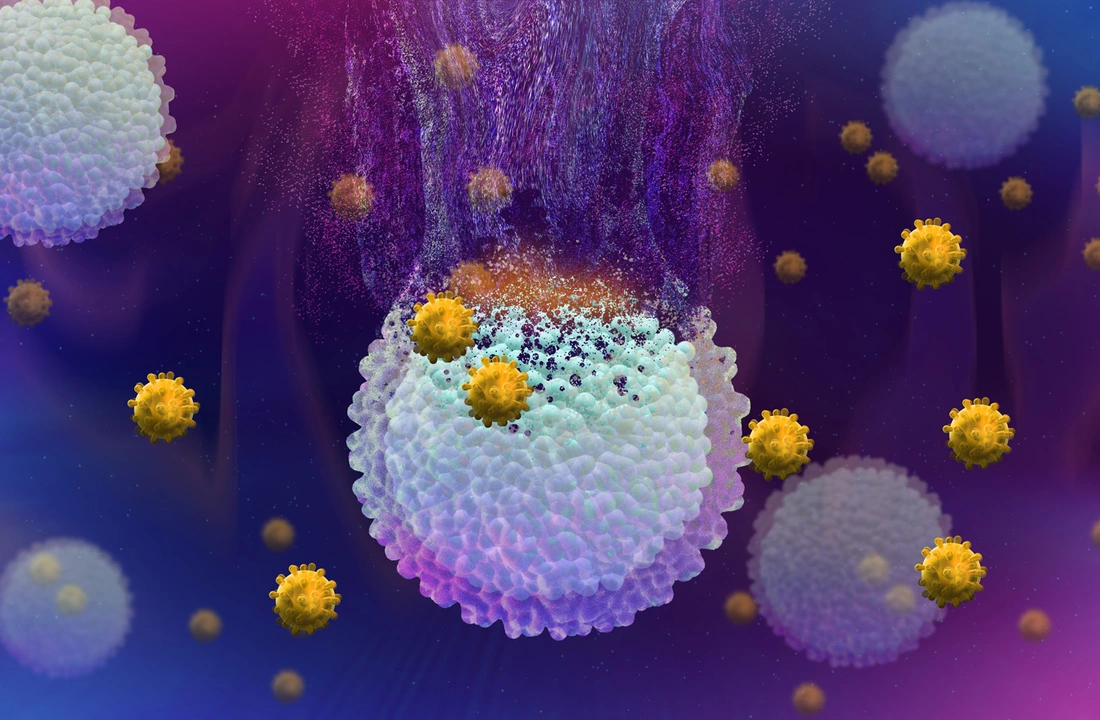Rhabdomyosarcoma: a clear, practical guide for patients and families
Rhabdomyosarcoma is a rare cancer that starts in muscle-like cells. It most often affects children but can appear at any age. If you or a loved one is facing this diagnosis, you need straight answers: what signs to watch for, how doctors figure it out, and what treatment usually looks like.
Common symptoms and how it's diagnosed
Symptoms depend on where the tumor grows. Look for a painless lump, persistent swelling, unexplained bleeding, trouble breathing, or changes in bowel or bladder habits. In kids, any growing mass that doesn’t go away in a few weeks merits a checkup.
Diagnosis usually starts with imaging — ultrasound, CT, or MRI — to see the size and exact location. A biopsy is required to confirm rhabdomyosarcoma and to determine the subtype. Doctors will also run scans (chest CT, PET) and lab tests to stage the cancer — knowing stage helps choose the best treatment plan.
Treatment options and what to expect
Treatment normally combines surgery, chemotherapy, and radiation depending on tumor location and stage. Surgery aims to remove the tumor while preserving function. Chemotherapy treats cancer cells that might have spread; it’s often the backbone of therapy. Radiation targets remaining cancer cells when surgery can’t remove everything or when surgery would cause too much harm.
There are different chemotherapy schedules and drug combos for children and adults. Side effects vary but commonly include nausea, low blood counts, hair loss, and fatigue. Your care team will talk about managing these and restoring quality of life as treatment progresses.
Clinical trials are common in rhabdomyosarcoma care and can offer access to new drugs or approaches. Ask your oncologist if there’s a trial that fits your situation — trials often focus on improving outcomes while reducing long-term side effects.
Supportive care matters: physical therapy, nutritional advice, and emotional support help you get through treatment and recovery. For kids, a pediatric oncology social worker or child life specialist can be a huge help to the whole family.
Practical tips: keep a symptom diary, bring a list of questions to appointments, and consider a second opinion at a major cancer center if you face complex decisions. Ask about fertility preservation if treatment may affect future fertility.
If you need medication or supplements, use reputable pharmacies and check interactions with your oncology team. RX2Go.com offers drug guides and resources to help you understand medicines used in cancer care.
Facing rhabdomyosarcoma is tough, but clear information and a coordinated care team make a big difference. Reach out to specialists, ask about trials, and get support for daily needs — that’s often as important as the medical plan itself.
